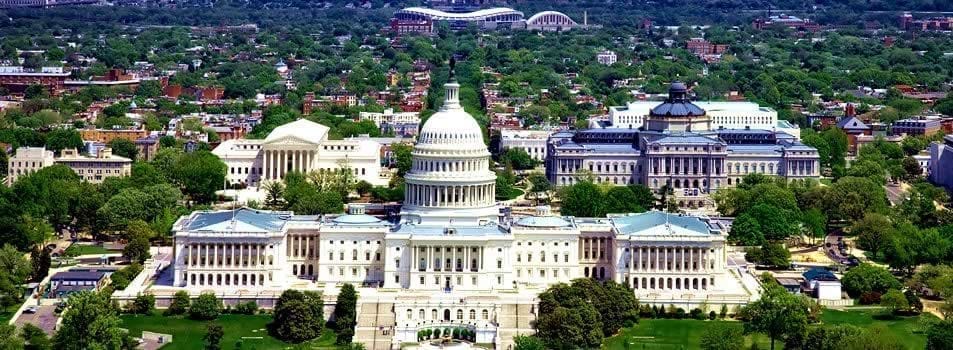QAT Global Helps Major U.S. Government Agency Achieve Congressional Compliance
Critical Functionality Added to Existing Application
Customer Snapshot
- Major U.S. government agency
Skills Needed
- CA Gen Development Framework
- DB2/2
Solution Snapshot
- Legacy modernization development project
- Highly cost-effective
Key Differentiators
- Extensive mainframe experience
- Small consulting company focused on the success of the customer
A major U.S. government agency was cited by the GAO as having a material weakness in its inability to communicate with the Treasury Department using the U.S. Standard General Ledger system. Congress set a deadline by which they had to resolve this weakness. After assessing the situation, the agency came to the conclusion that it could not resolve the situation using its internal development staff and awarded a Task Order to resolve the deficiency. QAT Global was then sub-contracted to provide the required expertise.
QAT Global’s Approach
The chosen solution was to provide the needed functionality as an addition to an existing revenue control system used by the federal agency’s Chief Finance Office. QAT Global began its work on this effort by estimating the staff required to develop the new functionality needed in the compressed time frame available to do so. Working with the existing requirements team, QAT Global developed the list of deliverables and new database tables that would be needed in the architecture of the enhanced functionality and wrote the design specification for client concurrence.
QAT Global’s staff then turned to the task of developing the new database DDL and windows and mainframe application’s maintenance windows, reports, and batch jobs. Along the way, QAT Global developed detailed business requirements through regular collaboration with the end-user. The QAT Global staff also coordinated the loading of the new database tables with initial data and also augmented data in existing tables. Additionally, QAT Global assisted the existing federal employee staff in developing User Work Request solutions that needed to be deployed as part of the enhanced system. QAT Global also assisted the internal test team in its testing of the new features; this testing was so successful that the formal test team found zero defects in the enhanced system!
Finally, QAT Global’s staff transitioned the new system into two production environments: first on the existing legacy mainframe and then cross-ported the system to a new mainframe so that the agency could retire the first one. As part of this dual deployment, QAT Global developed detailed schedules for moving applications to production and for migrating between mainframes. In the process of moving the application between mainframes, several anomalies in the existing system were detected and corrected by the QAT Global staff.
The newly enhanced system was deployed on schedule and on budget. Noteworthy in this accomplishment is the fact that the completion date was set by Congress several years before QAT Global was involved in developing this solution. The client organization had enough concern about the system’s visibility that it formed an oversight committee that investigated a detailed list of worst-case analyses before finally giving the contractor team the authorization to place the system in Production. When the system worked as expected, the agency management commended the contractor team with exemplary commendations.




